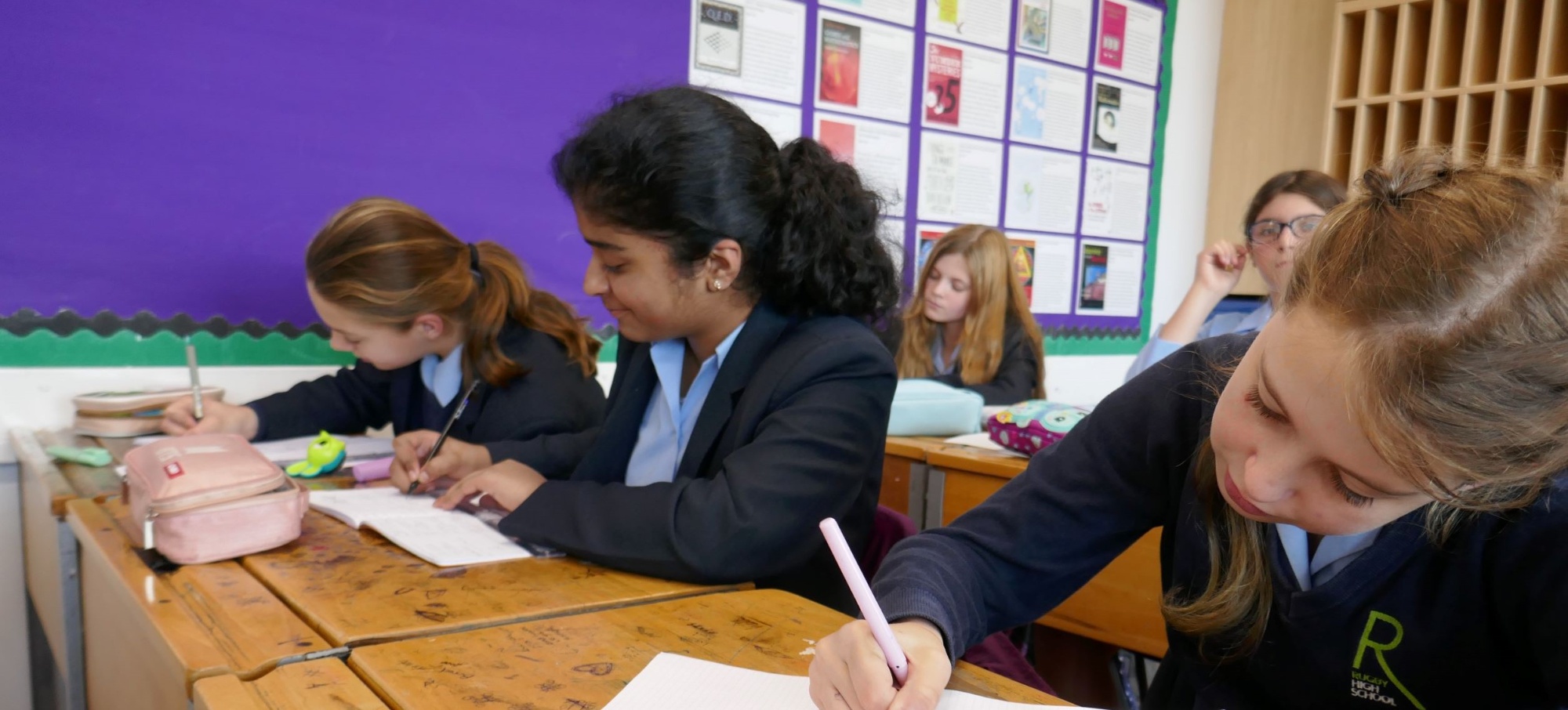Information for Parents and Children Sitting the 11+
There are six selective grammar schools in Warwickshire, all of whom allocate their places based on the results achieved in the 11+ test. These schools are free to attend and there is no cost for a child to sit the 11+ test.
Registration for the 11+ opens on 8th May each year, for those children currently in Year 5. Candidates must register by the deadline of 30th June.
The 11+ test is held on a weekend at the start of September, when students have just started in Year 6. Alcester Grammar School, Ashlawn, Lawrence Sheriff School, King Edward VI Stratford, Stratford Girls’ Grammar School all share the same test and all students taking the test in Warwickshire sit it on the same weekend.
Children in Warwickshire schools who want to apply to one of the county’s six grammar schools take an 11+ exam from GL Assessment.
Some students will do the test on the Saturday, some will do the test on a Sunday. You will be informed of the time, date and location of your test by Warwickshire County Council, after your parents have registered you for the test.
You can find more information about the 11+ and how to register on the Warwickshire County Council website.
Visit the Warwickshire County Council website
Where will I sit the 11+ test?
Your parents must register you to sit the 11+ test before the end of June, please check the Warwickshire County Council website for deadlines. You will be sent a letter by the Admissions Department of Warwickshire County Council telling you where you will sit the test. Tests are held in secondary schools (including Rugby High School) as well as in other venues.
What will happen on the day of the test?
Registration
You will be told what time to arrive at the test centre. It is important to be on time to register. Your name will be checked off on a list.
Once you have registered you will be given a number. This is the number of the desk that you will be sitting at in the exam room. There will be a lot of students to register so be prepared to queue.
The Exam Room
The room where you will take the test is likely to be a school hall, a gym or sports hall and these can be quite large rooms. Rows of desks will be set out for you. There will be lots of desks as there will be lots of children taking the test with you. It is likely that you will do the test at the same time as other children from your primary school and so you should see some familiar faces. You will be asked to find your seat in the room where you will be taking the examination. On the desk there will be two pencils, a sharpener and a rubber. You will be able to take in with you a healthy snack and a drink in a clear plastic bottle.
Your parents will not be allowed to stay in the exam room so be prepared to say goodbye to them once you have found your exam room. They will meet you again at the end of the test.
Invigilators
The examination will be run by a group of people called invigilators. These are people who have been specially trained to support students sitting examinations. The invigilators’ job is to make sure that everyone sitting the examination follows the instructions that they are given and that no one talks when they shouldn’t or cheats. At the start of the examination an invigilator will hand you the question booklet. Invigilators are there to help students with problems during the examination, e.g. If you need the toilet or a tissue. If you have a problem, you should put your hand up and an invigilator will come to see you. Invigilators are not allowed to give you any assistance which might help you to answer a question so, for example, they cannot tell you what a question means or what the question says.
The Exam:
The 11+ tests skills relating to English, Verbal Reasoning, Mathematics and Non-Verbal Reasoning. It is advisable to practise 11+ style questions before the test so that you are familiar with what you are expected to do.
The test is in a multiple-choice format and is completed in one session that lasts about three hours (with a break).
Each paper is divided into sections. You will be told how much time you will be given to answer the questions in each section.
At the beginning of each section, there are some examples to help you to understand how to answer the questions, e.g. Judith buys a litre of milk for £1.00 and a box of cereal for £2.39. How much change will she have if she pays for these items using a £5 note?
You write your answers on the answer sheet included with your question booklet. It is also advisable to practise marking answers on example answer sheets so that you are familiar with this process too.
If you can’t answer a question, skip it and try the next question. If you have any time left at the end of the section, you can go back and try to complete any questions in that section that you haven’t yet answered.
The instructions that you will be given at various points in the test are pre-recorded so you will hear a voice but you will not see the person talking to you.
What happens if I am ill on the day of the examination?
Sometimes students are ill on the day of the examination. Your parents will have been given instructions by the Warwickshire School Admissions about what to do if this happens to you so don’t worry. Students who are not well sit the examination at a later date once they have recovered.
At the end of the exam
Your parents will be told what time to arrive at the test centre to collect you. The test centre cannot allow any children to leave without an accompanying adult.


